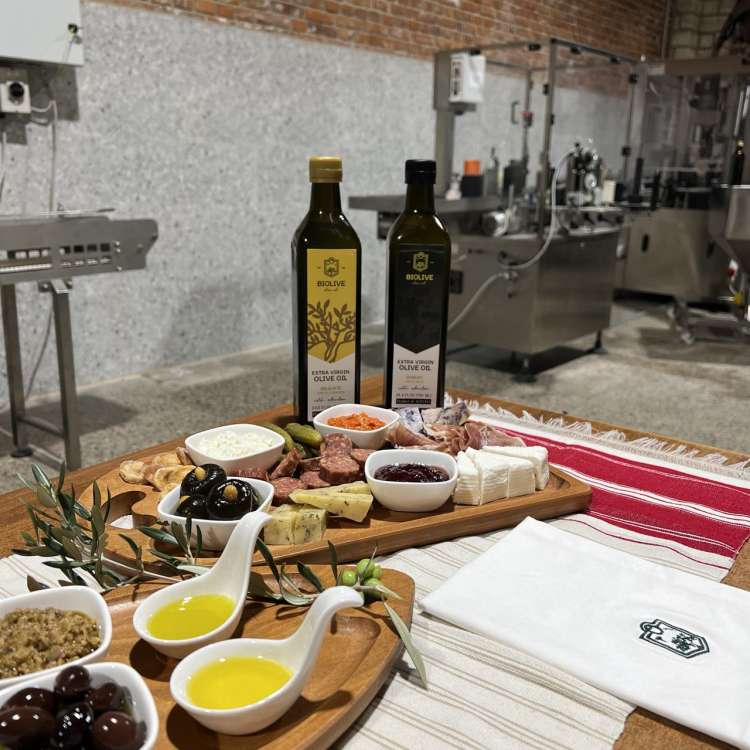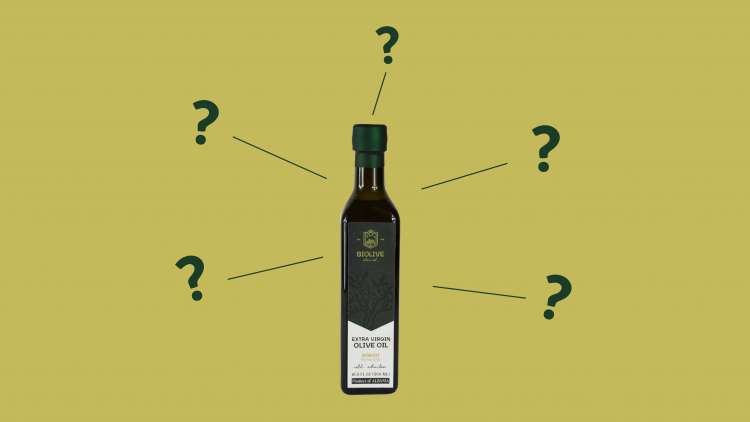The news has been focusing on the quality of olive oil lately, bringing up concerns about whether our extra-virgin olive oil is actually the real deal. This has raised suspicions about the olive oil we have in our cupboards, and we are left wondering how we can know if what we're buying is truly extra virgin.
The issues of adulteration, mislabeling, and regulation in the extra-virgin olive oil industry are real and complex, but consumers can still benefit from a little education.
Tasting olive oil is the logical place to start, as it allows consumers to connect the sensory experience of aroma and taste with what they have learned.
To taste olive oil, you can pour a tablespoon or two into an olive oil tasting glass which has a tulip form, or a small wineglass, warm it up while trapping the aromas inside by covering it with your other hand, and then take a good whiff of the aroma or “nose” of the olive oil.
You can notice the aromas of fresh-cut grass, cinnamon, tropical fruits, or other aromas of ripe or green olive fruit.
You can then take a sip of the oil, allowing it to coat your mouth and tongue, and then swallow it to detect the pungency, a peppery sensation that is a positive characteristic of olive oil, detected in the throat. Bitterness, another positive characteristic of olive oil, is also detected in varying degrees in oil made from greener fruit. The fruity characteristics you may notice in the mouth include nutty, buttery, and other ripe flavors and a fuller spectrum of green fruity notes.
Retronasal perception, possible because your mouth connects to your nose in the back, can give you a whole bunch of other flavor notes. Pairing olive oils and foods is an entire discussion of its own, but it is a great learning experience to try three different olive oils and experiment with them in different dishes.


